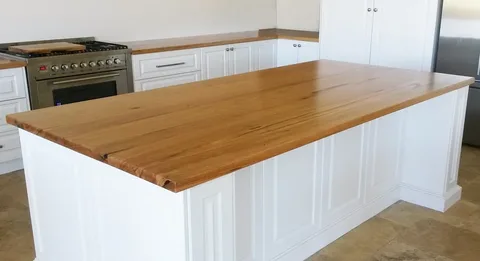Upgrading your kitchen can be a rewarding project, and one of the most impactful changes you can make is installing a new kitchen benchtop. Whether you’re aiming for a modern look or improved durability, a new benchtop can transform your kitchen’s functionality and style. But before you start, here’s what you need to know to ensure a smooth installation process.
Choosing the Right Material for Your Kitchen Benchtop
One of the first decisions in installing a new kitchen benchtop is selecting the right material. Popular options include granite, quartz, laminate, and solid surface materials, each with its own benefits and drawbacks.
- Granite offers natural beauty and heat resistance but can be expensive.
- Quartz is durable, non-porous, and low maintenance.
- Laminate is budget-friendly and comes in a variety of designs.
- Solid surfaces like Corian provide seamless finishes but may scratch more easily.
Understanding these materials will help you pick the best fit for your lifestyle and budget.
Preparing Your Kitchen for Installation
Before the new benchtop arrives, proper preparation is essential. Clear all items off your current benchtop and ensure plumbing or electrical work is completed if necessary. Measuring your space accurately is crucial — a professional measurement can prevent costly mistakes.
If you’re replacing an old benchtop, it’s important to remove it carefully. This may require professional help, especially if the old benchtop is heavy or fixed with strong adhesives.
The Installation Process: Step-by-Step
When installing a new kitchen benchtop, the process generally includes the following steps:
- Removal of the old benchtop — Safely detach and dispose of the old surface.
- Surface preparation — Clean and level the cabinets to support the new benchtop.
- Fitting the new benchtop — Position and secure the new surface, making any necessary cuts for sinks or cooktops.
- Sealing and finishing — Apply sealants to protect materials like granite or quartz, and ensure all joints are smooth and watertight.
Professional installers can complete this process efficiently, but if you’re a DIY enthusiast, make sure you have the right tools and support.
Maintenance Tips After Installing a New Kitchen Benchtop
Once your new benchtop is installed, maintaining it is key to its longevity. Different materials require different care:
- Clean spills immediately to avoid stains.
- Use cutting boards to prevent scratches.
- Avoid harsh chemicals that can damage the surface.
Regular sealing may be necessary for natural stone benchtops to keep them looking their best.
Final Thoughts: Installing a New Kitchen Benchtop—What You Need to Know
Installing a new kitchen benchtop is an exciting way to refresh your kitchen’s look and functionality. By choosing the right material, preparing your space properly, and understanding the installation and maintenance process, you can ensure a successful upgrade that lasts for years. Keep these tips in mind, and you’ll be well-equipped for your kitchen transformation journey.

